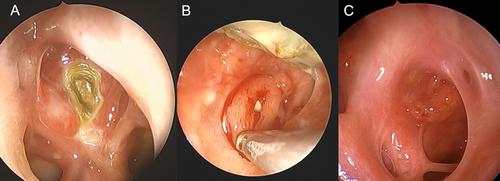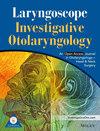Collagen Matrix Combined With Hydroxyapatite and Nasoseptal Flap for Skull Base Reconstruction
Abstract
Background
Extended endoscopic endonasal transsphenoidal approaches (ExEETSA) commonly result in high-flow cerebrospinal fluid (CSF) leaks that demand robust reconstruction strategies. Although nasoseptal flap (NSF) is a standard reconstructive technique, high-flow grade 3 CSF leaks require additional rigid reconstruction. This study evaluated the long-term outcomes of collagen matrix-hydroxyapatite (HXA)-NSF for rigid skull base reconstruction without lumbar drain.
Methods
A retrospective cohort study was conducted on 100 patients undergoing ExEETSA involved intraoperative high-flow grade 3 CSF leak that were managed using a collagen matrix for dural repair followed by HXA and NSF reconstruction without lumbar drainage between January 2016 and December 2023. The primary outcomes assessed were postoperative CSF leakage, meningitis, and HXA-related complications.
Results
The median skull base defect diameter was 22.9 mm. Tuberculum sellae meningioma represented the predominant pathology (39.0%), with the transplanum/transtuberculum region being the most commonly affected area (77.0%). Postoperative CSF leakage occurred in 4% of cases. HXA exposure accompanied by partial NSF necrosis was observed in eight patients (8.0%). Of these, complete re-mucosalization of the exposed HXA surface was achieved in five patients (62.5%), with a mean healing time of 23.6 months. There were no cases of meningitis or local infection requiring reoperation.
Conclusion
The combination of collagen matrix, HXA, and NSF without lumbar drainage represents a safe and effective reconstruction strategy for managing intraoperative high-flow Grade 3 CSF leaks in ExEETSA. This reconstructive technique yielded favorable outcomes, characterized by a low incidence of postoperative CSF leakage, manageable complications, and sustained long-term effectiveness.
Level of Evidence: IV.


 求助内容:
求助内容: 应助结果提醒方式:
应助结果提醒方式:


